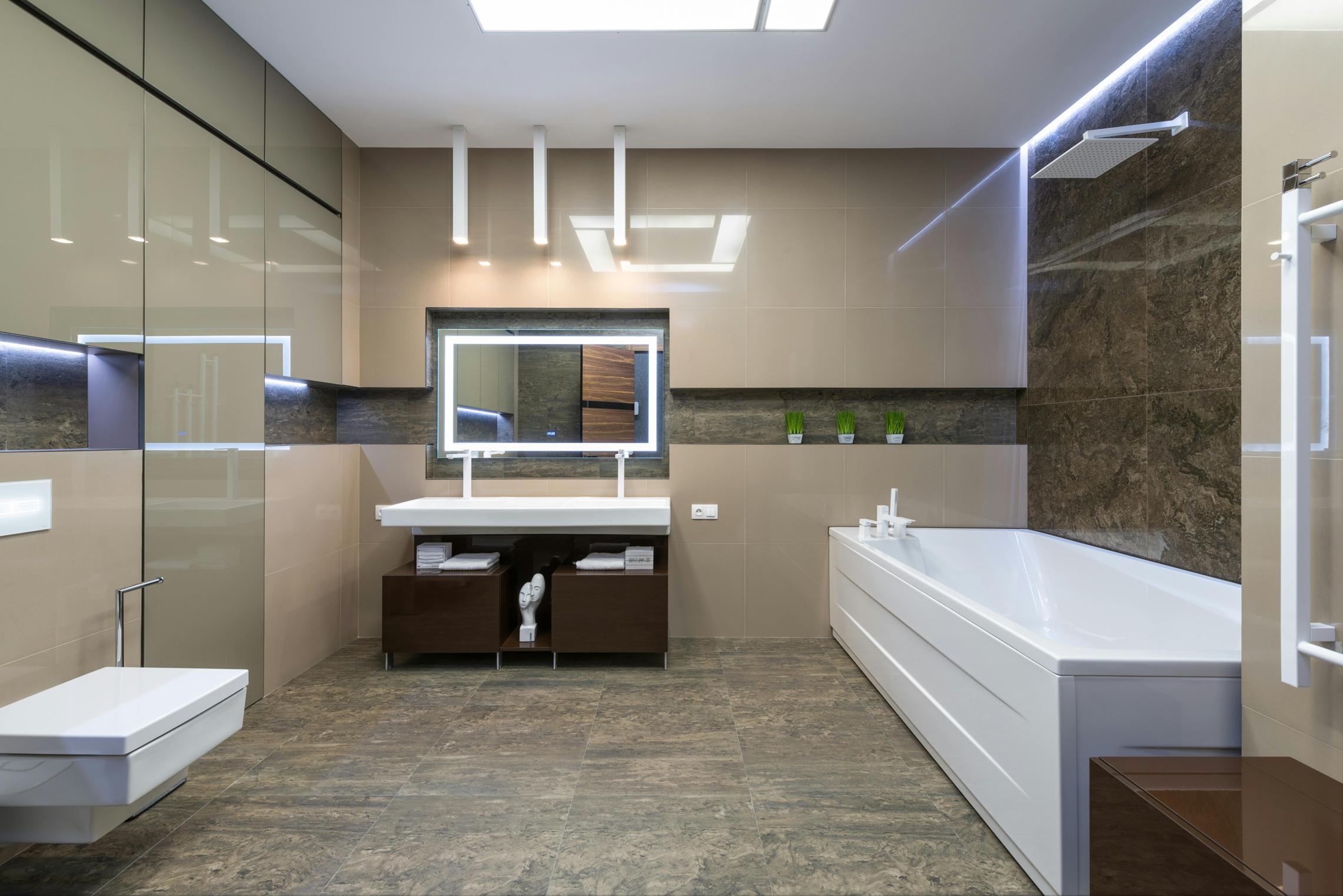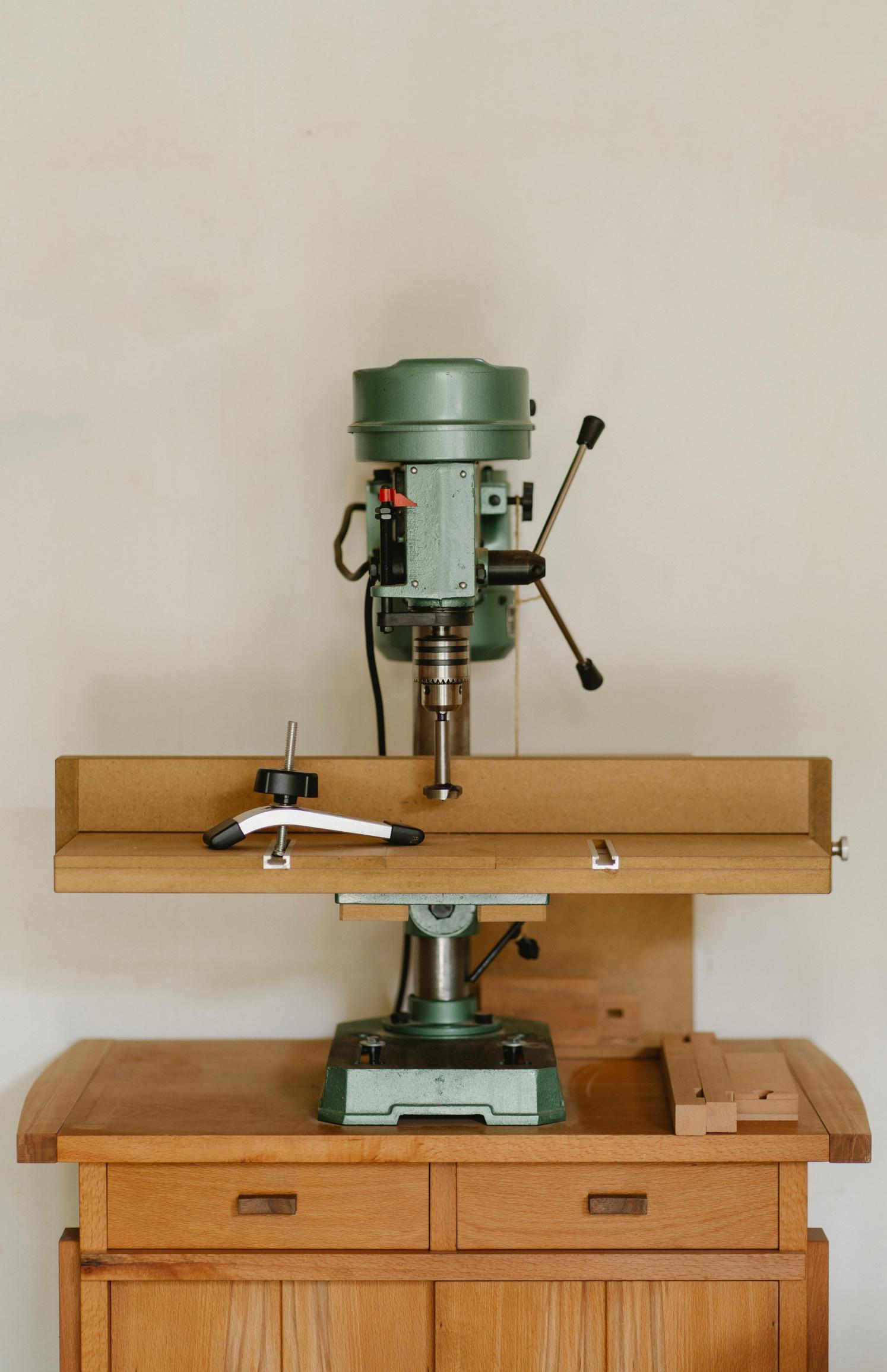Introduction
Installing cabinet hinges is a crucial step when updating or repairing your cabinetry. Proper hinge installation ensures the doors align perfectly, operate smoothly, and maintain the overall aesthetics of your space. This comprehensive guide will walk you through every step of the process, from gathering the necessary tools to final adjustments for a perfect fit. Whether you’re a DIY enthusiast or a professional, these guidelines will help you get the job done effectively and efficiently.

Gathering Tools and Materials
Before starting the installation, gather all the necessary tools and materials. This preparation will save you time and ensure you have everything at hand.
List of Tools and Materials
- Hinges
- Screws
- Drill
- Screwdriver
- Measuring Tape
- Pencil
- Level
- Drill Bits
- Safety Goggles
- Cleaning Cloth
Having these tools and materials ready will help streamline the installation process.

Types of Cabinet Hinges and Their Uses
Understanding the various types of cabinet hinges available is essential for a successful installation. Different hinges offer different functions and appearances, suitable for various cabinet designs.
Popular Types of Hinges
- Concealed Hinges: These are hidden when the cabinet door is closed, providing a modern and clean look.
- Butterfly Hinges: Decorative and functional, ideal for vintage-style cabinets.
- European Hinges: Often used in modular furniture, offering extensive adjustment capabilities.
- Overlay Hinges: These hinges allow the door to cover the cabinet frame completely.
Selecting the appropriate hinge type is essential for both the functionality and aesthetics of your cabinets.
Preparing for Installation
With your tools and materials at your side and the right hinge selected, it’s time to prepare for installation. This involves removing any existing hinges and ensuring surfaces are clean and ready.
Removing Existing Hinges (if applicable)
- Use a screwdriver to remove the screws holding the old hinges in place.
- Carefully detach the door from the cabinet frame.
Cleaning and Repairing Surfaces
- Clean any residue or debris from the old hinges with a damp cloth.
- Fill any screw holes or imperfections with wood filler and sand them smooth.
Preparing the surfaces ensures a clean and strong bond for the new hinges.

Measuring and Marking Hinge Locations
Accurate measurements are critical to ensuring the doors align properly and function smoothly.
Selecting the Right Hinge Placement
- Decide the number of hinges needed based on the height and weight of the cabinet doors.
- Commonly, for doors up to 40 inches tall, two hinges are sufficient; larger doors might require three.
Accurate Measuring Techniques
- Measure equal distances from the top and bottom edges of the cabinet door for hinge placement.
- Ensure the hinge locations are consistent on both the door and the cabinet frame.
Marking Drill Points
- Hold the hinge in place and mark the screw holes with a pencil.
- Double-check the alignment to ensure precision.
Proper measuring and marking prevent mistakes during drilling and hinge attachment.
Drilling Pilot Holes
Pilot holes are essential for ensuring screws go in straight and do not split the wood.
Choosing the Correct Drill Bit Size
- Use a bit that is slightly smaller than the screw diameter.
Techniques for Clean and Precise Holes
- Wear safety goggles to protect your eyes while drilling.
- Drill slowly to maintain control and accuracy.
Creating pilot holes makes the installation smoother and prevents wood damage.
Attaching Hinges to Cabinet Doors
Once the pilot holes are drilled, it’s time to attach the hinges to the cabinet doors.
Aligning Hinges with Marked Points
- Position the hinge over the marked drill points.
- Ensure it aligns perfectly with the edge of the door.
Firmly Securing Hinges
- Insert the screws through the hinge holes and into the pilot holes.
- Tighten the screws with a screwdriver but avoid over-tightening, which can strip the holes.
Properly securing the hinges ensures they will hold the door firmly and operate smoothly.
Mounting Doors to Cabinet Frame
With hinges attached to the doors, the next step is to mount the doors onto the cabinet frame.
Aligning Doors to Frame
- Align the door with the cabinet frame, ensuring the top and bottom edges are level.
Screwing Hinges into Frame
- Hold the door in place and insert screws through the hinge holes into the frame.
- Tighten the screws securely to keep the door in place.
Carefully mounting the doors maintains the overall look and functionality of your cabinetry.
Aligning and Adjusting Hinges
After mounting the doors, you may need to make subtle adjustments to ensure a perfect fit.
Ensuring Even Gaps and Smooth Operation
- Check the gaps between the doors and the frame are even.
- Open and close the doors to ensure smooth operation.
Adjusting Screws for Perfect Fit
- Use the adjusting screws on the hinges to make any minor corrections.
- Tighten all screws once you’re satisfied with the alignment.
Adjusting the hinges correctly ensures long-term functionality and a polished appearance.
Conclusion
Installing cabinet hinges might seem like a daunting task, but with the right tools, materials, and a systematic approach, you can achieve perfect results. By following this guide, you’ve ensured your cabinet doors are properly aligned, securely attached, and function smoothly. Proper hinge installation enhances both the appearance and usability of your cabinets, contributing to the overall elegance of your space.
Frequently Asked Questions
What tools do I need to install cabinet hinges?
You need hinges, screws, a drill, screwdriver, measuring tape, pencil, level, drill bits, safety goggles, and a cleaning cloth.
How do I measure for new cabinet hinges?
Measure equal distances from the top and bottom edges of the cabinet door. Ensure consistent placement on both the door and frame.
What are the common mistakes to avoid during installation?
Common mistakes include incorrect hinge placement, insufficient pilot holes, over-tightening screws, and misalignment of doors and frames.
